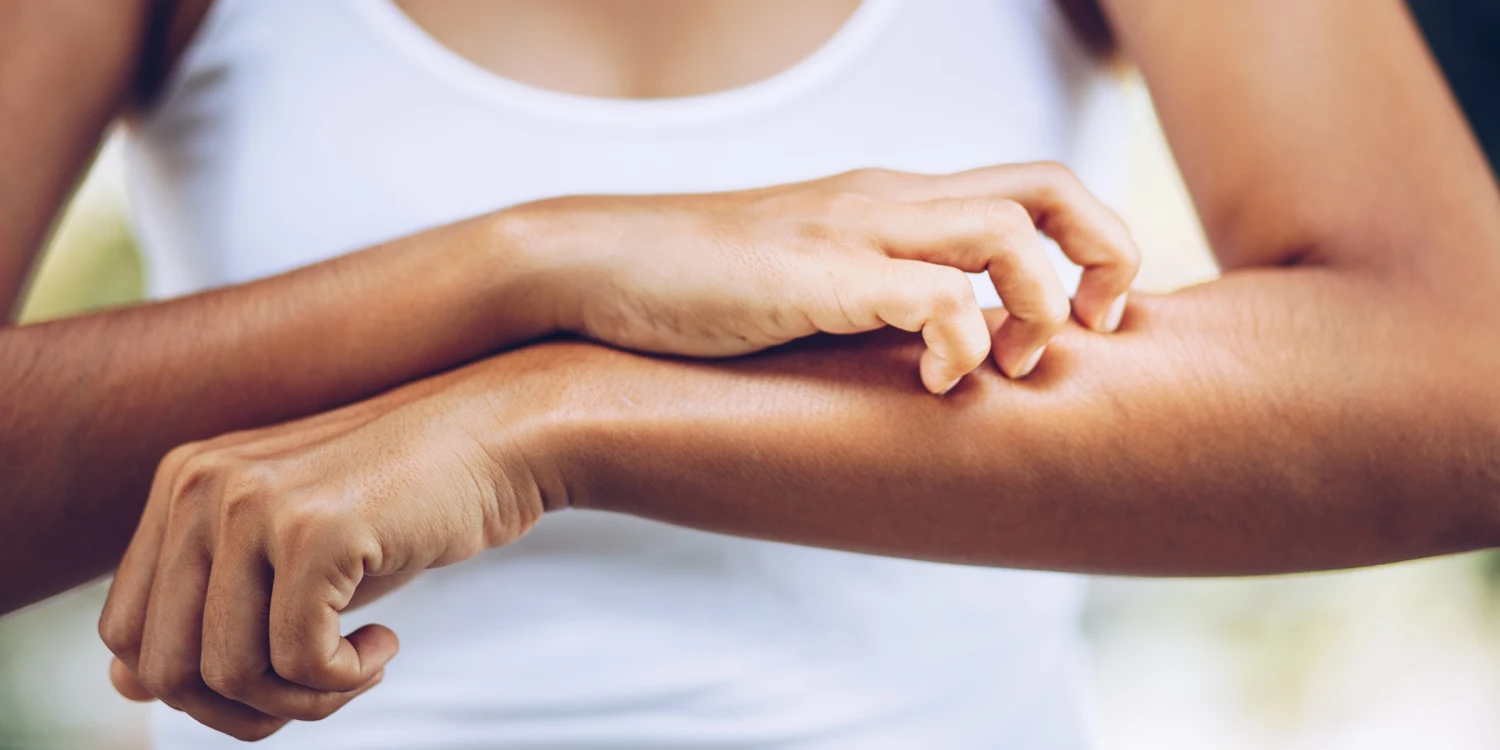Skin redness and irritation are common problems for many people worldwide, and most people will experience it at some stage in their lives. If you’ve suddenly noticed that your skin appears red and/or irritated, you might be wondering what’s causing the issue and how you can treat it.
Rather than ignoring it, aim to pinpoint the problem to find the best solution. Here are four common causes of skin redness and irritation.
1. Sensitive Skin
Some people’s skin is more sensitive than others, which may lead to various painful symptoms, such as:
- Redness (with or without swelling)
- Tightening
- Itching
- Cracks and blisters
- Stinging or burning
- Rashes or hives
- Dry patches
Sensitive skin could be caused by eczema (atopic dermatitis), allergic contact dermatitis, and irritant contact dermatitis. The problems are often due to a weakened skin barrier or exposure to heat, allergens, or irritants that trigger inflammation. Also, you could eat a specific food or use a fragrance that may trigger a flare-up.
Combat sensitive skin by avoiding hot baths or showers, as they can dry out the skin further, and instead, use warm water for short periods. Avoid scented products and embrace natural skincare for sensitive skin, as these products are formulated to be much kinder to your skin.
2. Medication Side Effects
If you’ve suddenly noticed redness or irritation on your face or body, it could be a side effect of herbal supplements or prescription or over-the-counter medications. Some drugs can trigger side effects and allergic reactions, such as hives, red rashes, blisters, acne, scaly skin, and purple areas.
For instance, you’ll have an increased likelihood of skin redness if taking antibiotics, chemotherapy drugs, pain relievers, or prescription medications for epilepsy or an autoimmune disease. Always consult a doctor if you develop any medication side effects.
3. Rosacea
Rosacea is a long-term skin condition that can affect a person’s appearance and confidence. The cause of the issue isn’t fully understood, but it can cause various unwanted symptoms, such as:
- Facial flushing or blushing— this is more likely to occur when you’re stressed, warm, or after consuming alcohol or spicy foods
- Temporary or permanent redness on specific areas of the face, such as the cheeks, nose, chin, or forehead
- Oily skin and acne-like breakouts
- Skin sensitivity
If you suspect that you have rosacea, consult a dermatologist to discuss the best treatment for your needs, such as a brimonidine gel to minimize redness or antibiotics to treat pimples.
4. An Autoimmune Condition
Some autoimmune conditions can cause various changes in the body, which are due to the body attacking itself. A person might develop muscle weakness, fatigue, and joint pain alongside skin redness and irritation.
For example, a person with lupus may develop a butterfly-shaped rash on their face or painful red sores. However, someone who has dermatomyositis may experience a red rash on their eyelids, face, cheeks, hands, or back.
Visit your doctor as soon as possible if you suspect you have an autoimmune condition. A rheumatologist will likely need to treat your symptoms and may recommend that you attend an appointment with a dermatologist to combat the condition’s skin symptoms.

